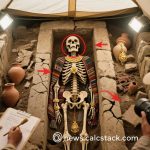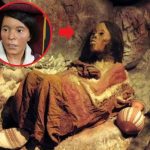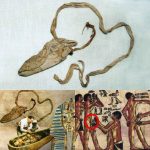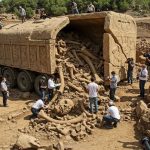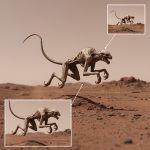Fossilized Giants of Ethiopia’s Rift Valley: Myth or Lost History?
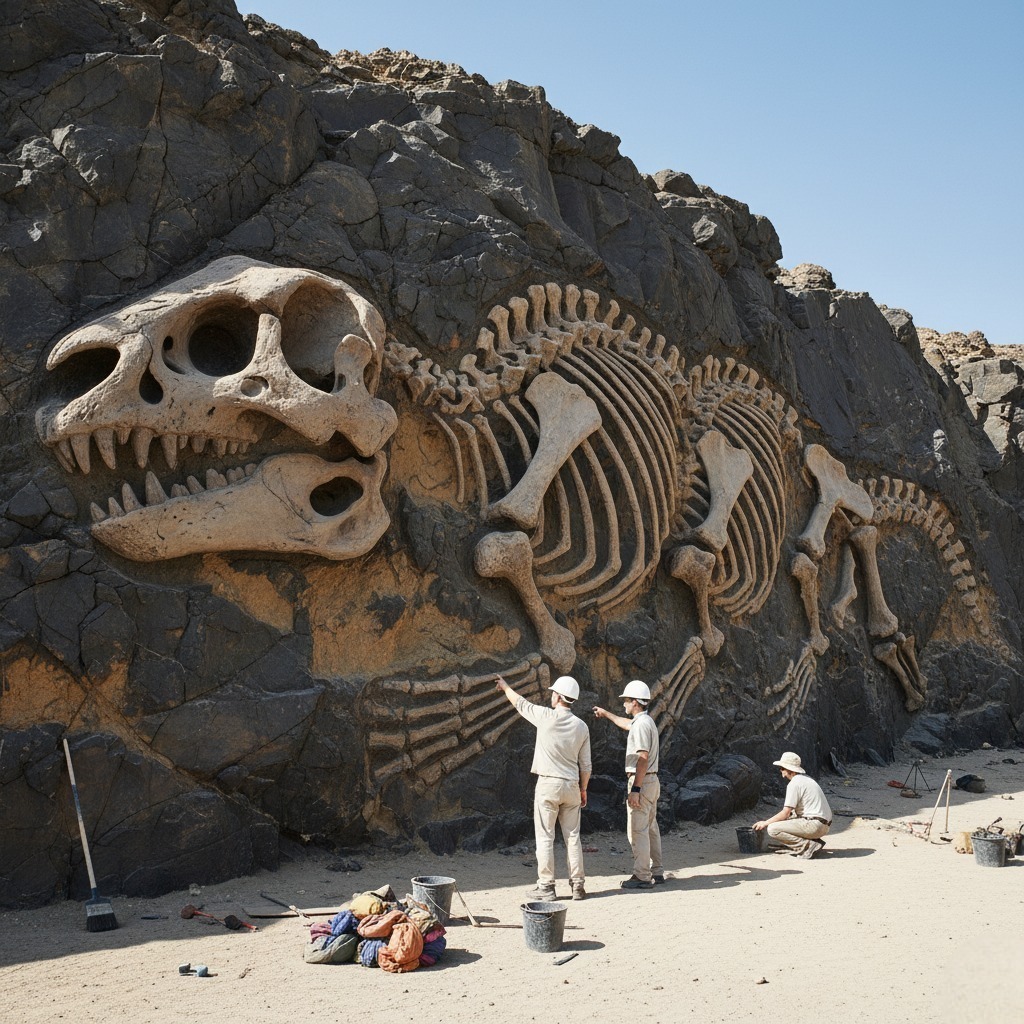
The Rift Valley of Ethiopia is one of the world’s most significant landscapes for archaeology and human evolution. Known as the cradle of humanity, it has yielded fossils of some of our earliest ancestors, reshaping our understanding of human origins. Yet alongside the scientific discoveries, legends persist—tales of colossal giants whose remains were said to have turned to stone. These stories, passed down through generations, blur the line between history and mythology, leaving us to wonder whether they reflect misidentified fossils, symbolic warnings, or the echoes of a forgotten past.

The Tale of Stone-Bound Giants
According to local lore, the Rift Valley once housed beings of immense size, whose remains became fossilized in rock formations scattered across the region. For communities living in proximity to unusual geological structures or ancient bones, the natural conclusion was that they belonged to giants who walked the earth in ages past. These fossilized giants, whether human or otherwise, were seen as evidence of a vanished race—powerful beings erased from memory but preserved by the earth itself.
The persistence of this myth reflects humanity’s timeless fascination with giants. Across cultures, from Biblical Nephilim to Greek Titans, giant figures symbolize both awe and fear, embodying the mysteries of creation and destruction. Ethiopia’s Rift Valley legends fit neatly into this global tradition, offering a local expression of a universal theme.
Science Versus Folklore
Modern science approaches the claims of fossilized giants with skepticism. Paleontologists and geologists argue that many such stories likely originate from misidentified fossils—perhaps the remains of ancient animals, such as large mammals or even extinct elephants, that once roamed Africa. Unusual rock formations shaped by erosion can also resemble skeletal structures, fueling local myths.
While scientists emphasize evidence and method, the persistence of folklore underscores another truth: myths endure because they satisfy deeper human questions. People are drawn to the extraordinary, especially when it suggests that history is larger and stranger than the written record allows. The tension between science and myth makes the Rift Valley not only a site of fossils but also a landscape of imagination.

Echoes of Forgotten Civilizations
For some, the legends of fossilized giants hint at more than misidentified bones. They suggest the possibility of forgotten civilizations, erased from history but preserved in story. Whether literal or symbolic, these tales serve as cultural memory—warnings, metaphors, or reminders of humanity’s fragile place within Earth’s vast timeline.
Even if the giants never existed, the myth itself is meaningful. It reflects a universal desire to connect the past with the present and to acknowledge mysteries that remain unsolved. In this way, the Rift Valley becomes both a scientific treasure trove and a canvas for mythmaking.
Conclusion
The story of Ethiopia’s fossilized giants is not easily dismissed as mere superstition. Whether born from misidentified fossils, symbolic storytelling, or echoes of a lost history, the myth continues to inspire awe and curiosity. In the Rift Valley, where science and legend intersect, we are reminded that humanity’s greatest truths may still lie buried beneath the earth, waiting to be uncovered.
